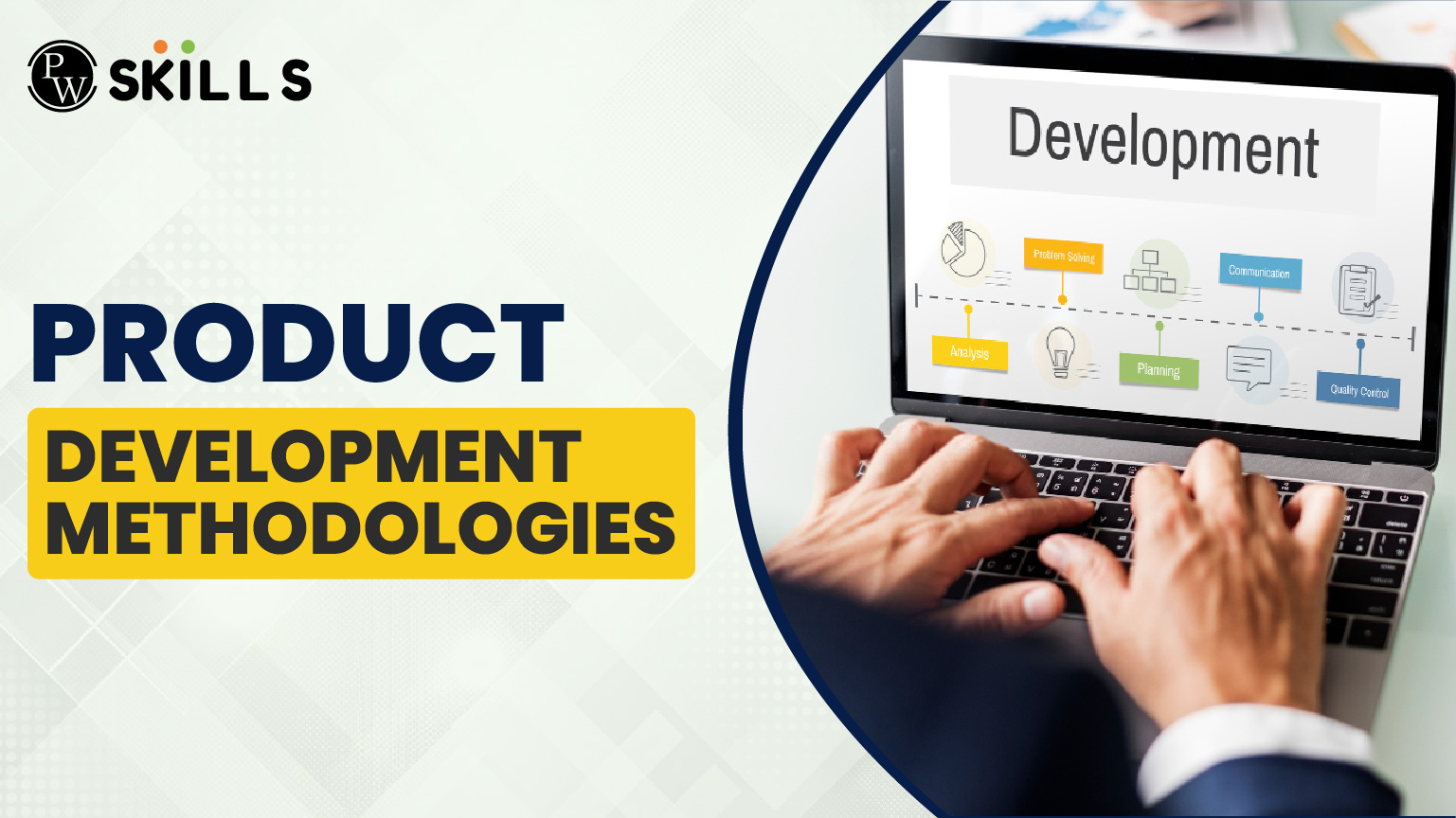Product development methodologies consist of different tools, techniques and frameworks we use to conduct the process of product development and management. Developing a complete product based on users preferences, needs and market demand is a complex task which can result in total loss if not executed carefully and with proper plan.
It is important to choose the right development methodology and also properly adopt it along the way. In this blog, we will learn about top product development methodologies in detail along with its importance.
What is Product Development Methodologies?
Product development is a process of turning an idea into a usable solution which people can use in the real world. It covers everything starting from the planning phase, designing, testing, and then launching the product in the market for everyone.

To ensure every stage of product development works properly there needs to be an effective set of plans which ensures minimum failure rate and effective development lifecycle.
Product Development Methodologies: Key Takeaways
- Choose the right product methodologies for effective and successful product development.
- Agile and Scrum methods are more flexible and can deliver quick results.
- Kanban approach keeps track of the product development process using a kanban board.
- Lean product development is more preferred in projects where sources are limited.
Why Are Product Development Methodologies Important?
Product development methodologies are an organised set of plans including methods, techniques, tools and frameworks used in the entire product development journey.
- With a clear organised plan every person in the team knows their part of the responsibility which avoids any confusion or delay.
- With proper communication and well defined KPIs everyone in the team works together with collaboration completely avoiding any blockers or bottlenecks in the product.
- With clear and defined methodologies you can spot errors or risk early in the development process which reduces harm and adverse impact on the end product.
- A clear and well defined path promotes faster delivery of the end product while maintaining the best quality.
- You can easily prioritise the importance of customers preference with a well defined plan of execution.
- Scaling business becomes easier with a well defined product development methodology.
All these are some of the reasons for using product development methodologies to ensure your product goes through an effective pipeline and ensure its success and growth.
Read More: Product Development Process & The 6 Stage Process
Top Product Development Methodologies
Check some of the major product development methodologies below.
1. Waterfall Methodology
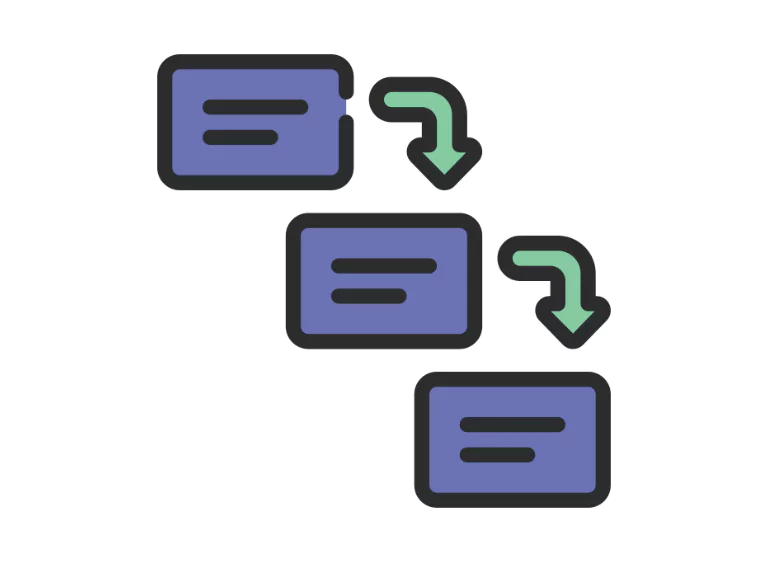
Waterfall method is one of the most primitive product development methodologies for product development where each stage is completed first and then only you can move to the next stage. Some important stages in waterfall methodology are
- Requirement gathering
- Design
- Implementation
- Testing
- Deployment
- Maintenance
This methodology is ideal for projects with well-defined requirements and little chances of major changes. While this method is simple and completely structured it can be time consuming and costly on the other end hence not suitable for large scale projects. If you want to make changes after the complete development then it can be costly and resource intensive.
2. Agile Methodology
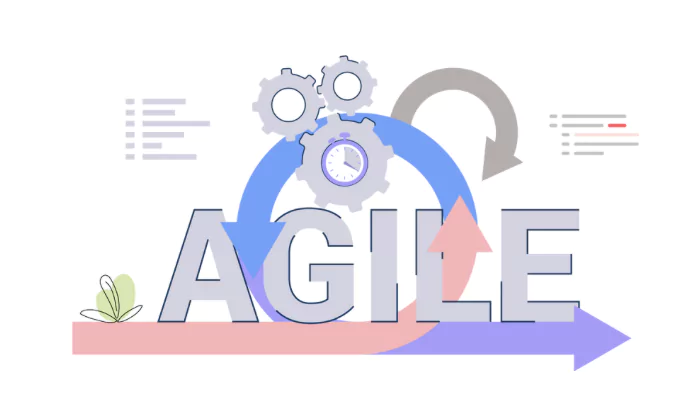
Agile is an iterative approach of product development which focuses on continuous feedback, adaptive planning, customer collaboration, and more. Unlike the waterfall method you can build a product in small parts instead of completing the entire product at once. Start with some usable parts of the product first and then move to the next iteratively.
Agile is ideal for projects where requirements may undergo changes or evolve over time. It promotes better response to customer needs, faster development and close teamwork. Frameworks like Scrum and Kanban are commonly used under Agile principles.
3. Scrum
Scrum is a subset of agile methods and value driven approach which occurs over a set period of time usually for one to four weeks. The objective of each period of scrum is to produce an imperfect version of the product and keep advancing and implementing new features based on stakeholders requirement.
The entire workflow is broken into a set of prioritised lists which is also called backlog and the entire progress is taken note of. It works well for software development and other creative fields where collaboration, feedback, and transparency are key.
4. Lean Product Development
Lean method is a popular approach adopted in startups and in places where the resources are limited. It is one of the most popular product development methodologies. It can be very effective in cutting unnecessary costs, reduce risks, and ensure that only important features are focused first and built accordingly.
It focuses on delivering maximum value to customers or stakeholders using minimal wastage and cost. It is inspired by lean manufacturing where continuous improvement and effective resource use is in practice.
Read More: Product Vision: How To Define Yours In 4 Steps?
5. Design Thinking
Design thinking is an effective practical approach to create products as per the needs of users i,e. User centric products in the market. It adopts effective ways of solving users’ problems by adopting a non linear and repeated solutions approach.
This method fosters innovation by keeping the user at the heart of development. It’s used not only in product design but also in service design and problem-solving across industries. Design Thinking promotes empathy, creativity, and experimentation.
6. Kanban Approach
This method emphasizes continuous delivery of value with the product and its unique features. It uses a Kanban board which is used to visualise the entire workflow in different columns where each task is represented using cards which are used to move from one column to next representing progress in the workflow.
Kanban focuses on continuous delivery and provides greater flexibility in product development. Wastage of important resources is significantly low in this method.
7. DevOps
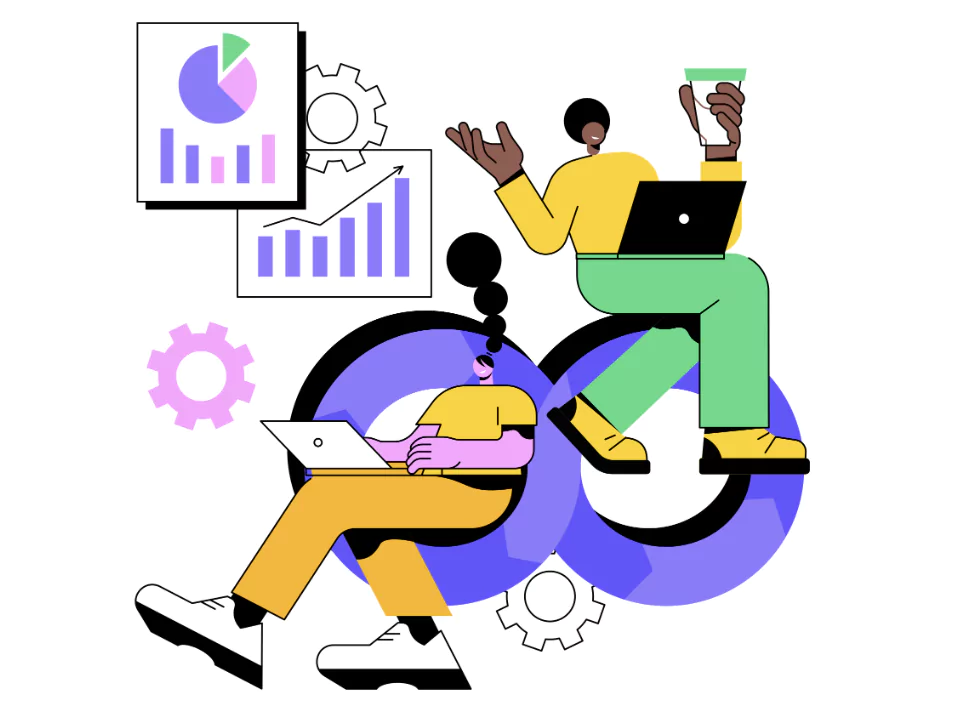
DevOps is a smart method which integrates software development (Dev) and IT operations (Ops) to enable faster and more reliable product delivery. It pays greater emphasis on automation, continuous integration/continuous deployment (CI/CD), and collaboration between the two teams i,e. Dev and ops.
DevOps is ideal for digital products requiring constant updates, like web apps or cloud-based services. It allows organizations to deliver features and fixes quickly while maintaining high stability, security, and performance.
How to Choose A Development Methodology?
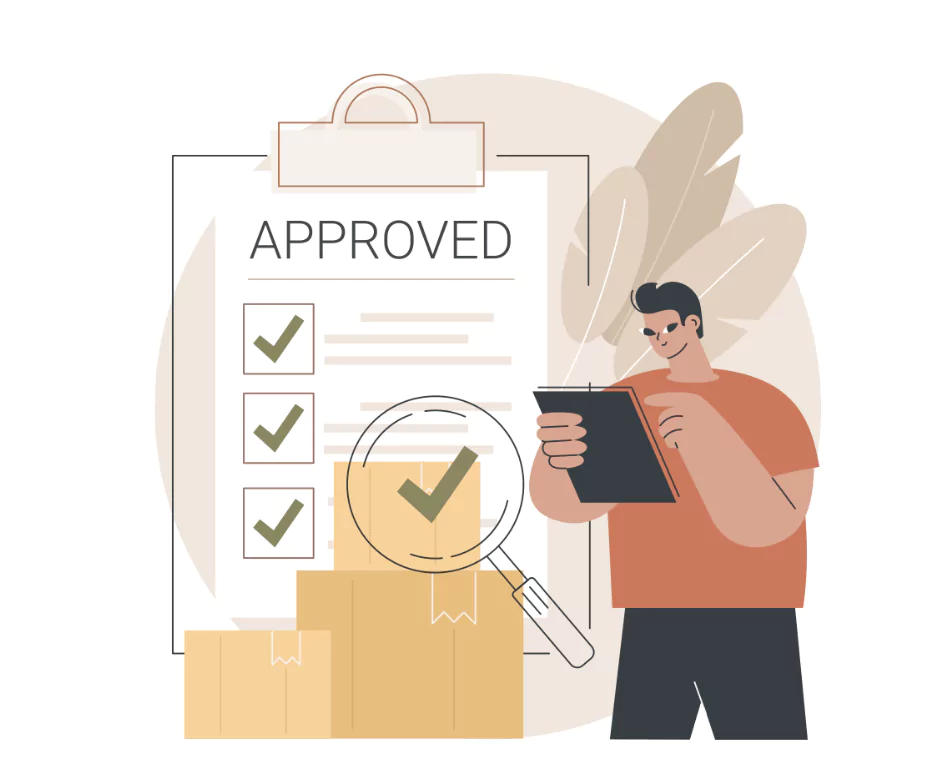
Check some of the major points where you have to be very careful while picking the right one from a set of product development methodologies.
1. Know the Market Condition
You must take a thorough research on how the market is changing and which product development methodologies can easily help in developing the product. When changes are frequent in the market you will need a method which allows changes easily such as agile, lean, etc. Choose a method which can easily adapt to new needs and trends.
2. Understand the Project Requirement
You must be clear on how big your project is to keep it stable and clear. If requirements are fixed and less likely to change you can go with traditional methods like waterfall but if the project is complex and requires frequent changes you must choose agile, scrum or lean methods based on your flexibility requirements.
3. Know your Team Expertise
You must be familiar with your team skills based on their way of working or experience. If they are comfortable with rapid iterations, collaboration and frequent changes then agile or scrum will work well. However, if the team is more hierarchical and want to follow a structured approach then waterfall might be a better option to go with.
4. Budget and Resources
When you have tighter budgets you must follow a method which allow effective usage and minimum wastes such as agile or lean methods. While when you need complete documentations and have large budget then you can consider devOps or waterfall method.
5. Timeline
When you have a short deadline for the project and product must be delivered quickly in the market then you can go for the lean method or Rapid Development approach. Both of these methods are very flexible and can help in faster development. But when you are working in a scheduled and well defined deadline then you can consider waterfall or other traditional methodologies.
Read More: What Is a Product Team? Functionality & Responsibilities
6. Align with your Business Objective
Make sure that the product development methodologies you choose is well aligned with your overall business goals. You must choose a product method based on your business objective such as whether you want more customer satisfaction or you want to accelerate your product in the market, whether you want more revenues, or you want to deliver quality with less focus on return on investment.
Based on all these facts you can choose a product development methodologieswhich suits your needs in the best way possible.
Also Read:
- Product positioning: Tips, templates, and examples
- Product Vision: How To Define Yours In 4 Steps?
- What Is a Product Team? Functionality, Responsibilities
- What is a Product Launch? Product Management Glossary
Learn Product Management with PW Skills
If you are interested in product development and can manage product easily or want to learn how to, then you can enroll in our Product Management course where you can easily join whether you are a beginner or a professional.
This course brings out the best in you while boosting your productivity with the features of generative AI. Get industry ready skills with hands-on learning throughout the course duration.
Our team will also help you prepare for your interviews and give you complete career support. Get industry recognised certifications and discover a wide range of opportunities in Product management only at pwskills.com

